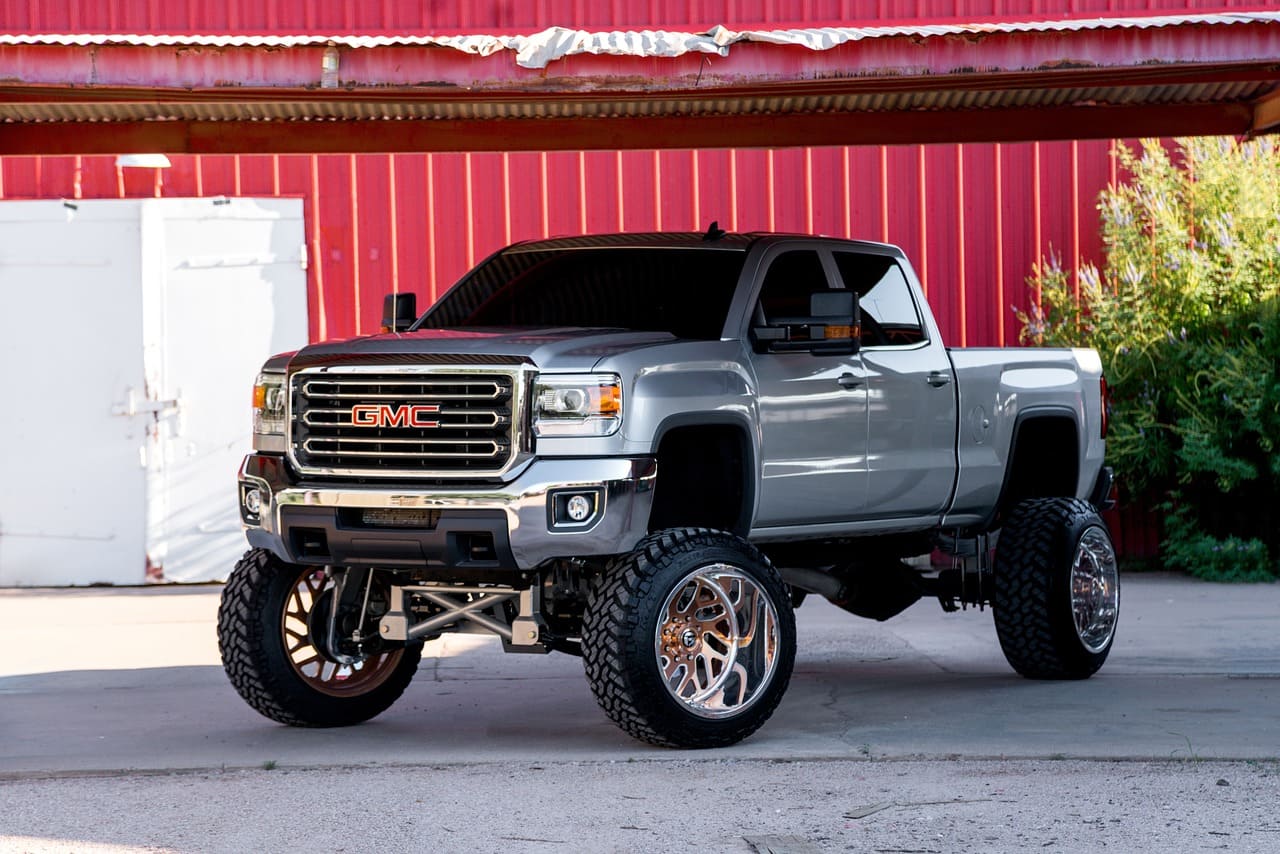People have different views concerning four-wheel drive and all-wheel drive cars. They have a lot of questions about which is better for their daily drive. Originally, people were limited to four-wheel drive vehicles with all-season tires if they wanted to go on an off-road adventure. However, in modern-day times, according to Jato Dynamics, over 50% of vehicles sold in the U.S are well-equipped with either all-wheel drive (AWD) or four-wheel drive (4WD).
The real question arises of what the right preference can be in choosing AWD or 4WD for your vehicles. 4WD uses a driver-selectable system that mechanically engages the drive to all four wheels. So how do you know which to choose?
All-wheel Drive (AWD)
All-wheel drive provides power to the four corners when the wheels need additional traction. This helps your vehicle to drive smoothly on wet or slippery roads. There are two types of AWD drivetrain, the first one is full-time, which means that all the wheels are always getting the traction that they need. The other one is part-time AWD, also known as an automatic AWD, that functions effectively in rear-wheel drive or front-wheel drive. Its functionality greatly depends on the vehicle dynamics and system.
Generally, an all-wheel drive system counts on the vehicle’s computer to examine which of the four tires needs traction and power without much driver input. AWD is for everyday cards out on the road.
Four-wheel Drive (4WD)
Four-wheel drive is like all-wheel drive, but it is made for off-road conditions where the tires may face a complete loss of grip. 4WD is for off-road vehicles or vehicles that will most likely be used in extreme terrains but can be found in everyday cars as well. While driving dangerously, mud tires improve the traction on the road, snow, rocks, and other scenarios.
Is AWD Better than 4WD?
It’s difficult to say that either of them is better as it varies from driver to driver and on the geographical location and budget. Although, both provide better traction and handling in different situations.
Commercial Light Truck Tires have more confidence in snowy, wet, or icy road conditions. AWD system is built in such a way that it monitors each wheel distinctively and helps the wheels to stay on the track and not to lose their traction on slippery roads. For rough terrain, you would not want to use AWD since it shifts control between two tires constantly instead of all four having equal control. Vehicles with AWD are not as durable as 4WD in these circumstances.
It means that these vehicles are not as durable as a 4WD in similar circumstances. However, the downside is that because AWD is constantly active and cannot be turned off, it decreases fuel efficiency, unlike 4WD which can be turned on and off.
Four-wheel Drive Pros and Cons
4WD is the right choice for most drivers because of its better and maximum traction. They can control more power while driving in mud, rock, and snow road situations as well as sharp inclines and declines. The 4WD system tends to be more robust in handling the vehicle than the AWD system. Living in isolated and rocky areas, the four-wheel drive has been the driver’s first option to get the best grip on the situation.
With high technology, the Top 10 All-Season Tires for SUVs have been refined depending on the make and model of the vehicle. This increases the cost of the vehicle and has a detrimental effect on its fuel efficiency as it carries a heavy weight, size, and mechanical resistance to control all the wheels together.
The correct tires for the driving condition, the better performance your car will have.
Conclusion
The grip for both AWD and 4WD can be lost at any time if you go beyond the limits. Weather conditions, roads, and tires are all important in maintaining the best control and grip of the vehicle. The way you use your vehicle and under which circumstances need to be considered when selecting AWD or 4WD. Both have advantages and disadvantages concerning extra weight, size, and fuel maintenance.
